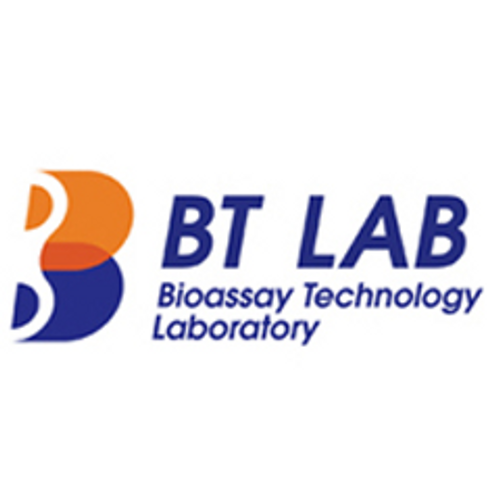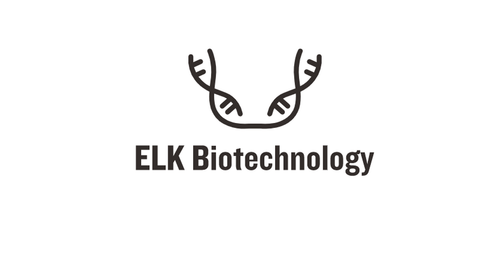Product Description
Mouse Factor-related Apoptosis (FAS) ELISA Kit | AE63235MO | Abebio
Species Reactivity: Mouse (Mus musculus)
Abbreviation: FAS
Alternative Name: ALPS1A; APO-1; APT1; CD95; FAS1; FASTM; TNFRSF6; APO-1 cell surface antigen|CD95 antigen|Fas AMA|Fas antigen|apoptosis antigen 1|tumor necrosis factor receptor superfamily; member 6
Application: ELISA
Range: 31.25-2000 pg/mL
Sensitivity: 10.2 pg/mL
Intra-Assay: ≤5.4%
Inter-Assay: ≤8.6%
Recovery: 1, 03
Sample Type: Serum, Plasma, Other biological fluids
Detection Method: Sandwich
Analysis Method : Quantitive
Test Principale: This assay employs a two-site sandwich ELISA to quantitate FAS in samples. An antibody specific for FAS has been pre-coated onto a microplate. Standards and samples are pipetted into the wells and anyFAS present is bound by the immobilized antibody. After removing any unbound substances, a biotin-conjugated antibody specific for FAS is added to the wells. After washing, Streptavidin conjugated Horseradish Peroxidase (HRP) is added to the wells. Following a wash to remove any unbound avidin-enzyme reagent, a substrate solution is added to the wells and color develops in proportion to the amount of FAS bound in the initial step. The color development is stopped and the intensity of the color is measured.
Product Overview: Fas is a glycoprotein with a mass estimated at 43 to 48 kDa . Fas is a member of the Tumor Necrosis Factor Receptor Superfamily (TNFRSF), and it shares a cytoplasmic motif with TNF RI, referred to as the death domain, that binds cytoplasm signaling molecules to trigger the cytoplasmic apoptotic signal . Fas is expressed to a large extent on activated T and B lymphocytes, and on malignant lymphoid cells. To a lesser extent, Fas is expressed on cells from liver, heart, kidney, ovaries, and on many other malignant cells. Yan et al. (2005) noted that the TNFRSF6 gene contains 9 exons. They identified an antisense transcript SAF within the 12.1-kb intron 1 that is transcribed in the opposite direction as the TNFRSF6 gene.
Stability: The stability of ELISA kit is determined by the loss rate of activity. The loss rate of this kit is less than 5% within the expiration date under appropriate storage condition. The loss rate was determined by accelerated thermal degradation test. Keep the kit at 37°C for 4 and 7 days, and compare O.D.values of the kit kept at 37°C with that of at recommended temperature. (referring from China Biological Products Standard, which was calculated by the Arrhenius equation. For ELISA kit, 4 days storage at 37°C can be considered as 6 months at 2 - 8°C, which means 7 days at 37°C equaling 12 months at 2 - 8°C) .
 Euro
Euro
 USD
USD
 British Pound
British Pound
 NULL
NULL












